N. T. WRIGHT



for the congregation of Lichfield Cathedral
ix
 he longer you look at Jesus, the more you will want to serve him in his world. That is, of course, if it's the real Jesus you're looking at. Plenty of people in the church and outside it have made up a 'Jesus' for themselves, and have found that this invented character makes few real demands on them. He makes them feel happy from time to time but doesn't challenge them, doesn't suggest they get up and do something about the plight of the world. Which is, of course, what the real Jesus had an uncomfortable habit of doing.
he longer you look at Jesus, the more you will want to serve him in his world. That is, of course, if it's the real Jesus you're looking at. Plenty of people in the church and outside it have made up a 'Jesus' for themselves, and have found that this invented character makes few real demands on them. He makes them feel happy from time to time but doesn't challenge them, doesn't suggest they get up and do something about the plight of the world. Which is, of course, what the real Jesus had an uncomfortable habit of doing.
I have written elsewhere about the search for Jesus (in my little book, Who Was Jesus? [SPCK, 1992], and in my forthcoming larger book, Jesus and the Victory of God [SPCK, 1995]). The present book is about the `so what?' which necessarily follows from that search. The New Testament writers were extremely interested in this question. In fact, the Gospels themselves, which set out to tell their readers about Jesus himself, go about this task in such a way as to say to their readers: the ball is now in your court; the true Jesus is summoning you to follow him, to a life of discipleship. I suspect that we have yet to feel the full impact of the challenge the Gospels present.
The following chapters started life as attempts to explore and expound that challenge from the pulpit. The first half of the book began as a series of sermons in Lichfield Cathedral, during Lent 1994, with the sixth and last being preached (as will be clear from its tone and content) on Easter Day. These sermons, each examining a particular New Testament book, aimed to provide a kind of aerial photograph or bird's-eye view of the book in question, so that one might see how the land lies. To change the image, I have supplied a kind of programme note for each book, so that, as with a symphony, one can listen for the main themes. Each time, I draw particular attention to the way in which the writer points his readers to Jesus, as the focus of devotion and the inspiration for discipleship. Each writer talks about the life, death, and resurrection of Jesus in order to encourage his readers to follow this Jesus wherever he leads. I have tried to think through what this might mean in terms of the present day.
The second half of the book ranges more widely over various topics which together inform, and set the context of, the biblical model of discipleship. Chapters 7, 8, and 12 were preached in Worcester College, Oxford, during the last two years of my chaplaincy there. Chapter 9 was preached in Pusey House, Oxford; Chapter 10 in Coventry Cathedral; and Chapter 11 in St Paul's Cathedral. I am grateful for the invitations to preach in these distinguished places, and for the welcome and hospitality I enjoyed.
All the chapters, not just those in the first half, should be treated as invitations to do some homework. They grew out of my reading of the Bible, and are intended to encourage hearers and readers to read it afresh for themselves. In the second half of the book, I follow the more conventional method of working from a fairly short passage, usually one which had been read in the course of worship. In the first half of the book, I am attempting to expound biblical books in their entirety. People do not always, perhaps, realize how natural and easy reading whole books of the Bible can be. You can read through Colossians quite slowly in about twelve minutes; you can get through Hebrews in under an hour. John may take longer, but time will quickly become a secondary consideration. I am convinced that using a lectionary - reading the Bible in little snippets - is a second-order activity; the primary activity ought to be reading the Bible in large chunks, to get its full flavour and thrust. One word of advice; try using a good modern translation that you haven't used before, to jolt you into seeing things in new ways. In this book I have often simply used my own translation, with the same intent. Where I have used a modern translation, it is usually the New Revised Standard Version.
Many of the sermons - all those in Part One and Chapters 9 and 10 in Part Two - were preached in the context of the Eucharist, and some of the eucharistic references remain. This, I am again persuaded, is no bad thing. The visible word and the written word - or, if you like, the edible bread and the audible bread - go closely together, as they did for the two on the Emmaus Road in Luke 24. Following Jesus, after all, involves heart, mind, soul, and strength. A church without sermons will soon have a shrivelled mind, then a wayward heart, next an unquiet soul, and finally misdirected strength. A church without sacraments will find its strength cut off, its soul undernourished, its heart prey to conflicting emotions, and its mind engaged in increasingly irrelevant intellectual games. This book is part of the attempt to address the first of these problems. Nowhere in it do I attempt to expound what I think is going on in the Eucharist itself. I made a small start in Chapter 11 of The Crown and the Fire (SPCK, 1992). But if these pieces suggest ways in which word and sacrament can be held firmly together, supplying together the context and the energy to enable us to follow Jesus, I shall be delighted.
It only remains to thank those who have helped this book on its way. I am deeply grateful to Keith Sutton, Bishop of Lichfield, for all his support, friendship, and inspiration; and to Tony Barnard, John Howe, Richard Ninis, and John Turner, my colleagues on the Cathedral Chapter, for their welcome, help, and encouragement during my first months here. At SPCK, Philip Law has been a cheerful and wise editor; David Mackinder has applied his sharp eyes to the text with his usual efficiency. At home, my dear wife has, as always, carried a heavy load on my behalf; my children have put up with more disruption and dislocation in this last year than ever before. But the last word must go to those to whom this book is dedicated, the first hearers of Part I. The warmth of the welcome which they offered to their new Dean was truly wonderful; their enthusiasm for thinking fresh thoughts has been unbounded. I hope they will receive this little thank offering as a small token of my heartfelt gratitude.

Trinity 1994
`... let us run with perseverance the race that is set before us, looking to Jesus, the pioneer and perfecter of our faith, who for the sake of the joy that was set before him endured the cross, disregarding its shame, and has taken his seat at the right hand of the throne of God. Consider him who endured such hostility against himself from sinners, so that you may not grow weary or lose heart.'


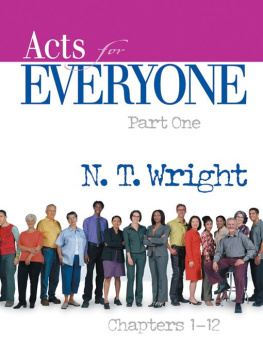
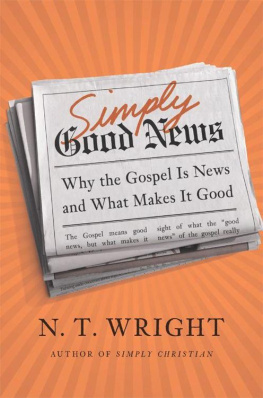
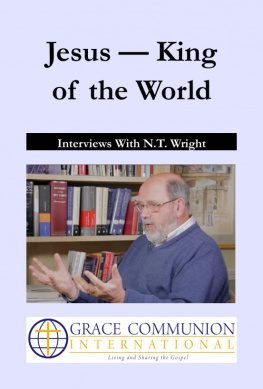
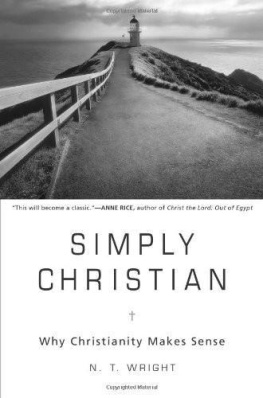

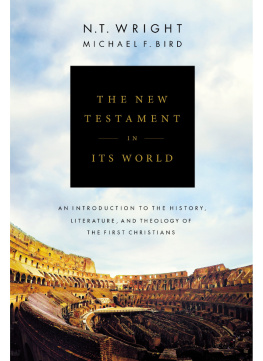
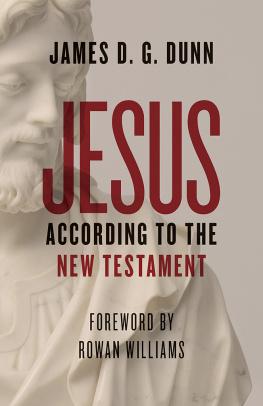


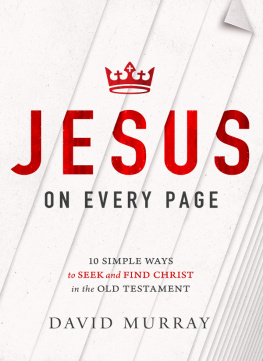

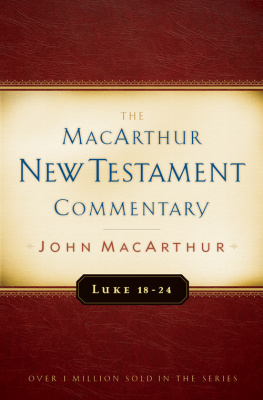

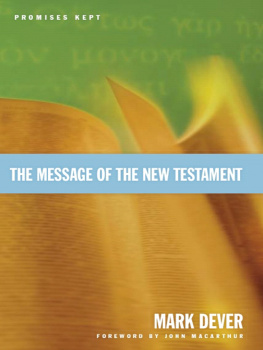
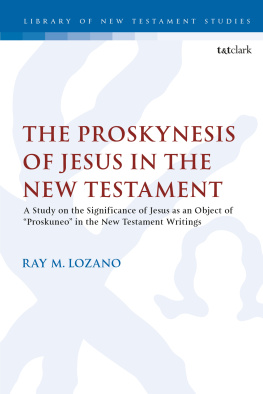

 he longer you look at Jesus, the more you will want to serve him in his world. That is, of course, if it's the real Jesus you're looking at. Plenty of people in the church and outside it have made up a 'Jesus' for themselves, and have found that this invented character makes few real demands on them. He makes them feel happy from time to time but doesn't challenge them, doesn't suggest they get up and do something about the plight of the world. Which is, of course, what the real Jesus had an uncomfortable habit of doing.
he longer you look at Jesus, the more you will want to serve him in his world. That is, of course, if it's the real Jesus you're looking at. Plenty of people in the church and outside it have made up a 'Jesus' for themselves, and have found that this invented character makes few real demands on them. He makes them feel happy from time to time but doesn't challenge them, doesn't suggest they get up and do something about the plight of the world. Which is, of course, what the real Jesus had an uncomfortable habit of doing.